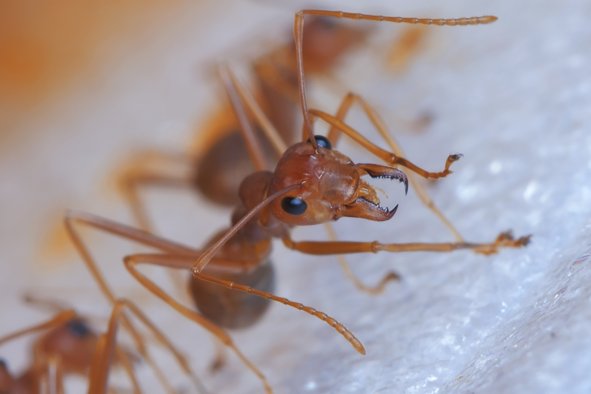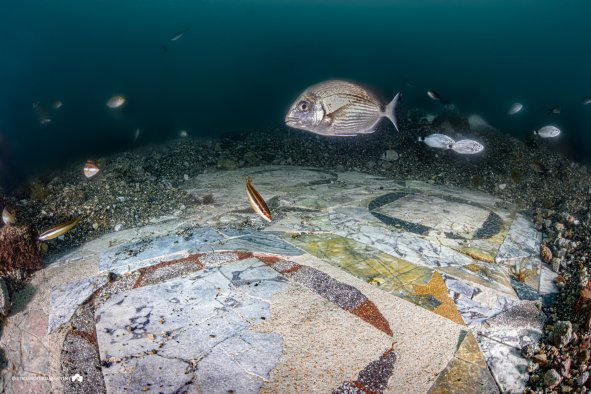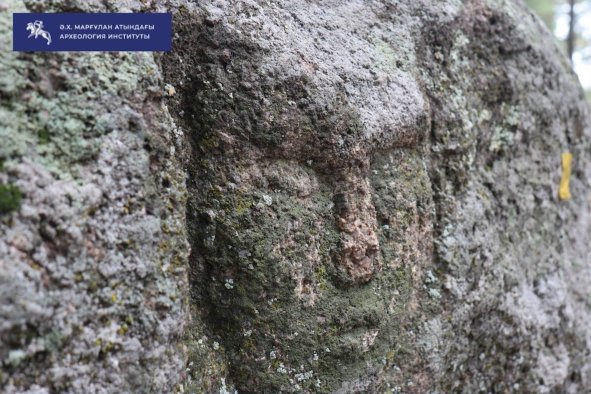The end of July is stuffed full of astronomical wonders, with several meteor showers all occurring at once, including the Alpha Capricornids.
This annual meteor shower is expected to run between July 3 and August 15 this year, hitting its peak on July 30.
The shower will therefore peak a mere day after the peak of the Delta Aquariids, and only a few weeks before the peak of the famous Perseids.
The shower has a relatively low rate of meteors, averaging about 5 meteors per hour at its peak, according to the American Meteor Society. The meteors appear to originate from the constellation Capricornus, hence the name of the shower.
Despite the low frequency of meteors, the Alpha Capricornids are known for producing bright fireballs that are often slower-moving compared to other meteor showers.
How to watch the Alpha Capricornids meteor shower
The best time to view the Alpha Capricornids is typically after midnight when the radiant point in the constellation Capricornus is higher in the sky.
For optimal viewing, choose a dark site away from city lights, such as a rural area, a park, or a high-elevation spot, as light pollution from urban areas can significantly limit your view.
The visibility of the meteors can be affected by moonlight, so it is best observed when the moon is less prominent. Luckily, on the night of the peak, the moon will only be about 20 percent full, and will rise after midnight. Avoid using bright screens or lights before and during your observation, as it takes about 20-30 minutes for your eyes to fully adapt to the darkness.
Meteors may appear in any part of the sky, although they will seem to originate from the radiant in Capricornus.
What causes the Alpha Capricornids meteor shower
The Alpha Capricornids Meteor Shower is caused by debris from the comet 169P/NEAT. As 169P/NEAT approaches the Sun, it sheds particles of dust, rock, and ice, forming a trail along the comet's orbital path. Each year, the Earth's orbit intersects with the debris trail left by 169P/NEAT, sending small particles of rock and ice careening into Earth's atmosphere at immense speeds.
"When the comet orbits, it leaves a trail behind it due to the gravitational pull and interactions with mostly the sun, which melts and removes material which is then seen as a comet tail by observers on earth, leaving behind this debris," Christopher Conselice, a professor of astrophysics at the University of Manchester in the U.K. previously told Newsweek. "These showers occur when the Earth's orbit intersects these pockets of debris which are within the solar system in long streams of matter left over."
As this debris burns up from friction in our atmosphere, it forms the bright streaks of light we know as meteors.
This occurs again every year as our planet passes through the same patch of debris.
Interestingly, the Alpha Capricornids are expected to become "stronger than any current annual shower" by the years 2220–2420, according to a 2010 study, due to the bulk of the comet debris fully entering Earth's orbit.
Do you have a tip on a science story that Newsweek should be covering? Do you have a question about meteor showers? Let us know via science@newsweek.com.
Disclaimer: The copyright of this article belongs to the original author. Reposting this article is solely for the purpose of information dissemination and does not constitute any investment advice. If there is any infringement, please contact us immediately. We will make corrections or deletions as necessary. Thank you.




